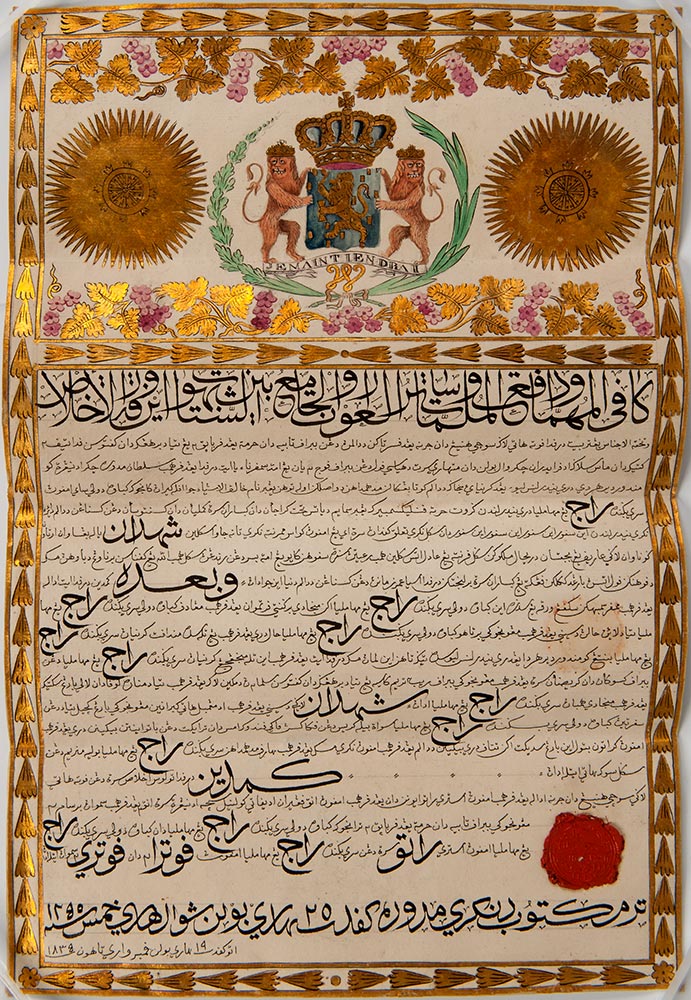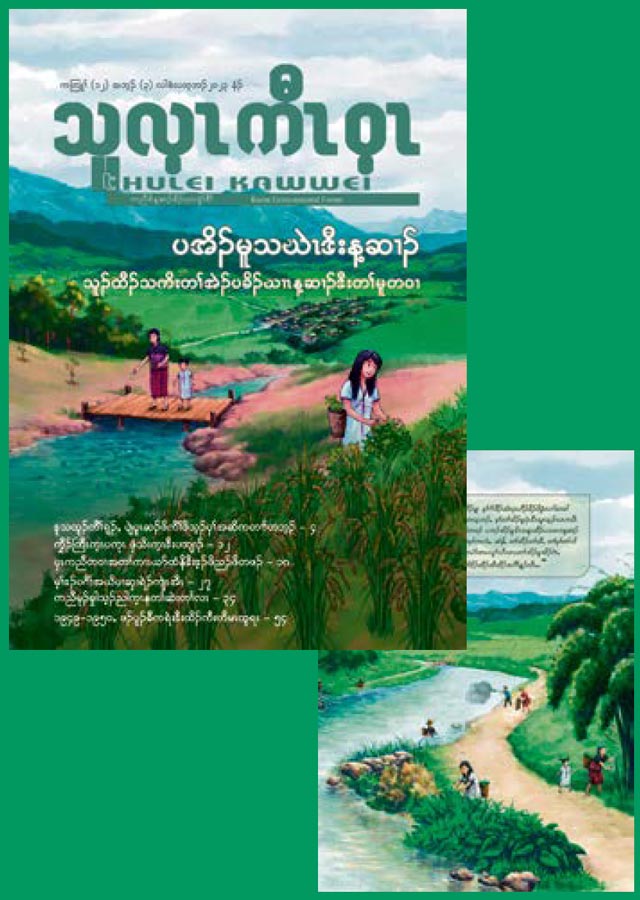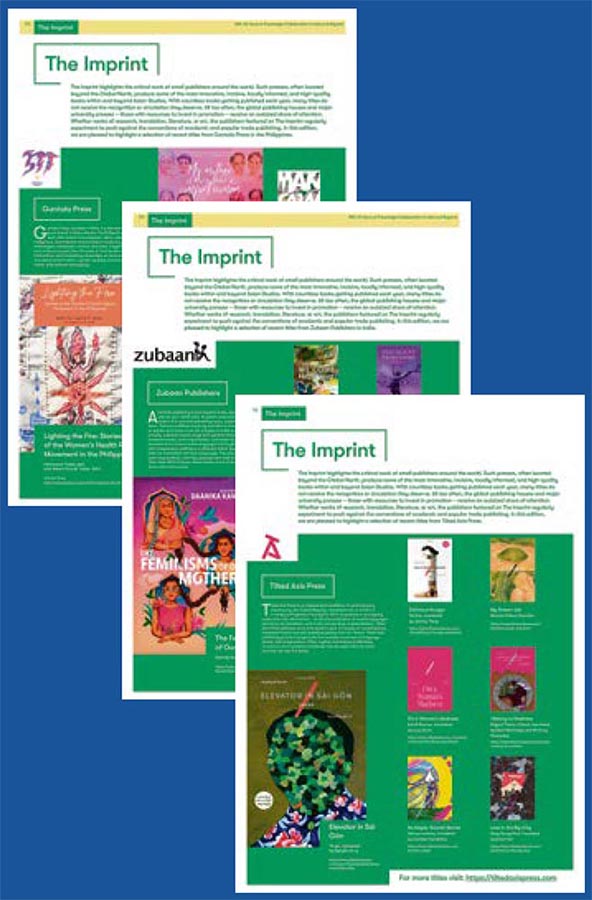The Newsletter is primarily concerned with telling stories of people and places. Which stories to tell, and how to tell them, however, is a perennial topic of discussion. What is our field, and what are its different debates? Whose voices are loud and clear, and whose are hidden, or underrepresented? What does language do to a story and how we perceive it?
In every issue, we actively solicit new work by diverse voices, such as those of junior scholars, female authors, and authors from, or working on, underrepresented parts of Asia. Recent iterations of “The Focus” reflect this commitment to diverse representation. One collection has featured articles on the provenance of objects acquired from colonial Indonesia and Sri Lanka from the perspective of groups that are barely represented in the archives (Figs. 1-2). Other iterations of that section comprised articles highlighting the personal experiences of Indigenous People from different parts of Asia, written (or co-authored) by members of those communities themselves (Fig. 3).

Fig. 1: One of the studied objects in PPROCE: A Korwar or ancestral statue from West Papua. Collection Nationaal Museum van Wereldculturen. Coll.no. RV-2432-3. This image previously appeared in Issue #92, Summer 2022.

Fig. 2: One of the studied objects in PPROCE: A Letter of the Sultan of Madura presented to the Dutch King William I. Collection Nationaal Museum van Wereldculturen. Coll.no. RV-360-8080-1. This image previously appeared in Issue #92, Summer 2022.
English is the language of communication in The Newsletter and on its satellite digital platforms The Blog and The Channel, but we are intent on exploring what happens when different languages are used simultaneously, or when work is translated from one language to another. For instance, on episode #37 The Channel, two Ta-u authors offered a recitation and translation of ceremonial words and a poem in the Ta-u language, to complement their English-language collection in “The Focus”. Their voice recordings require us to confront how language, as well as sound and listening in general, shape knowledge and understanding. Our articles have also been translated back into the mother languages of their authors (e.g., Indonesian, the S’gaw Karen Indigenous language, etc.) and published in regional magazines (Fig. 4).

Fig. 4: S'gaw Karen magazine cover, which included an article from The Newsletter (Issue #94) translated back into the Karen language. This image previously appeared in Issue #96, Autumn 2023.

Figs. 5a-c: A selection of “The Imprint” pages, highlighting Gantala Press from the Philippines, Zubaan Books from India, and Tilted Axis Press from the United Kingdom. These pages previously appeared in Issue #97 (Spring 2024), Issue #98 (Summer 2024), and Issue #99 (Autumn 2024), respectively.
Recognizing the importance of engaging with multiple languages and translation, we continuously form new collaborations and experiment with fresh ideas. These include a new section called “The Imprint,” which features the critical work of small publishers around the world, as well as publishers of translated works (Figs. 5a-c). Similarly, “The Region” section now features a page showcasing lesser-known journals from the Global South. This page can include journals published in languages other than English, and its first iteration featured the journal Afro-Ásia from Brazil (Fig. 6).

Fig. 6: Afro-Ásia journal cover, n. 68 (Photo courtesy of Afro-Ásia, 2023). This image previously appeared in Issue #97, Spring 2024.